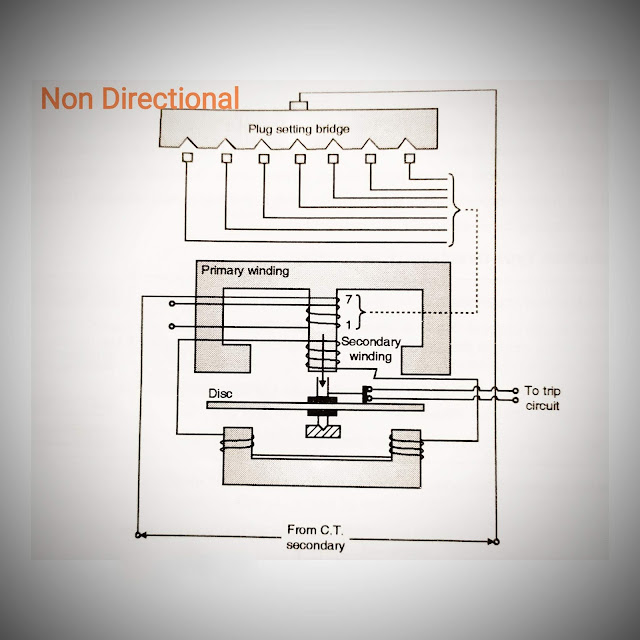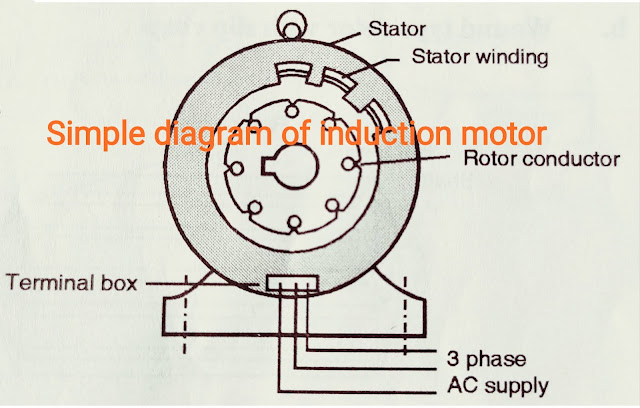Slepian Theory
Slepian Theory
- This also know as recovery rate theory. when arc is struck between electrodes or CB contacts, the medium between them is highly ionised. If current is alternating in nature,at current zero instant, the ionisation is very less (residual ionisation).
- After zero crossing, the ionisation again increases and the arc is restruck i.e. Arc current again increases. The voltage responsible for restricking of arc is known as restriking voltage. If dielectric strength of the medium is built up sufficient during current zero instant, it will prevent the arc to restrike i.e. current won't flow after that current zero instant.
- This can be described as a race between dielectric strength and restriking voltage.
- If the rate of rise of dielectric strength is more than rate of rise of restriking voltage - the arc will not restrike.
- But if rate of rise of dielectric strength is less than rate of rise of restriking voltage - the arc will restrike. The concept is elaborated in Fig. An athlete is considered as rate of rise of restriking voltage and a hurdle represents rate of rise of dielectric strength. A hurdle with increasing height is considered.
- So in this theory the comparison is done between restriking voltage and dielectric strength.
Assumption mode:-
- Restriking voltage and dielectric strength are comparable quantities.
- Energy relations in arc dynamics are not given consideration.
Limitations:-
- The assumption number (1) is not correct because restriking voltage and dielectric strength are not comparable quantities.
- This theory doesn't cover arcing phase concept hence it is incomplete.
- It does not consider energy relations in arc extinction.
However, this theory explains arc extinction process in a simple manner.
- It also gives focus on the point that restriking of arc is due to restriking voltage is playing role in restriking of arc.





Comments
Post a Comment